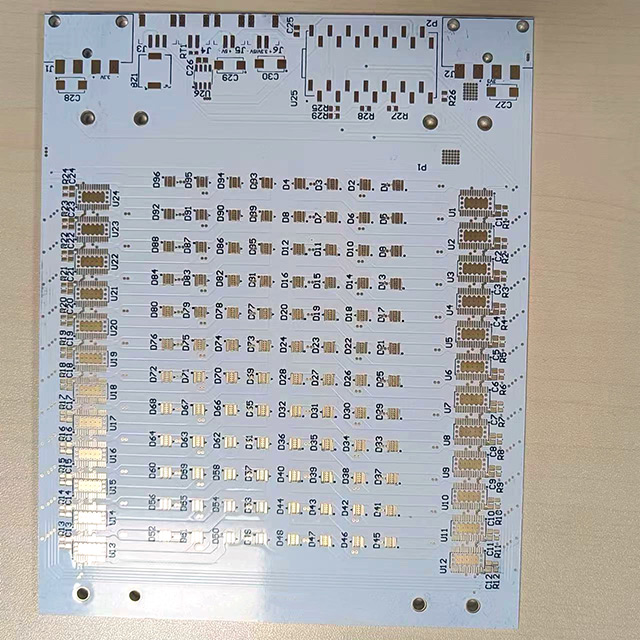S
Smugley
Just wondering if there is a consensus on this or if it is another divided issue.
When selecting a location to main bond say the incoming water pipe, you need to be within 600mm of entry to the building, but the clamp must be accessible for inspection. Sometimes I choose one or the other requirements to take precedence. For example in Victorian terraces where typically the water supply enters under the front steps and runs at ground level and pops up in the rear kitchen. Do you bond within 600mm of the pipe's entrance into the building structure, under the front doormat, making the clamp difficult to get to, or bond when the pipe enters the living space? Couldn't guarantee this won't be after any t-joints which may be there now or be added in future.
When selecting a location to main bond say the incoming water pipe, you need to be within 600mm of entry to the building, but the clamp must be accessible for inspection. Sometimes I choose one or the other requirements to take precedence. For example in Victorian terraces where typically the water supply enters under the front steps and runs at ground level and pops up in the rear kitchen. Do you bond within 600mm of the pipe's entrance into the building structure, under the front doormat, making the clamp difficult to get to, or bond when the pipe enters the living space? Couldn't guarantee this won't be after any t-joints which may be there now or be added in future.
Last edited by a moderator:












